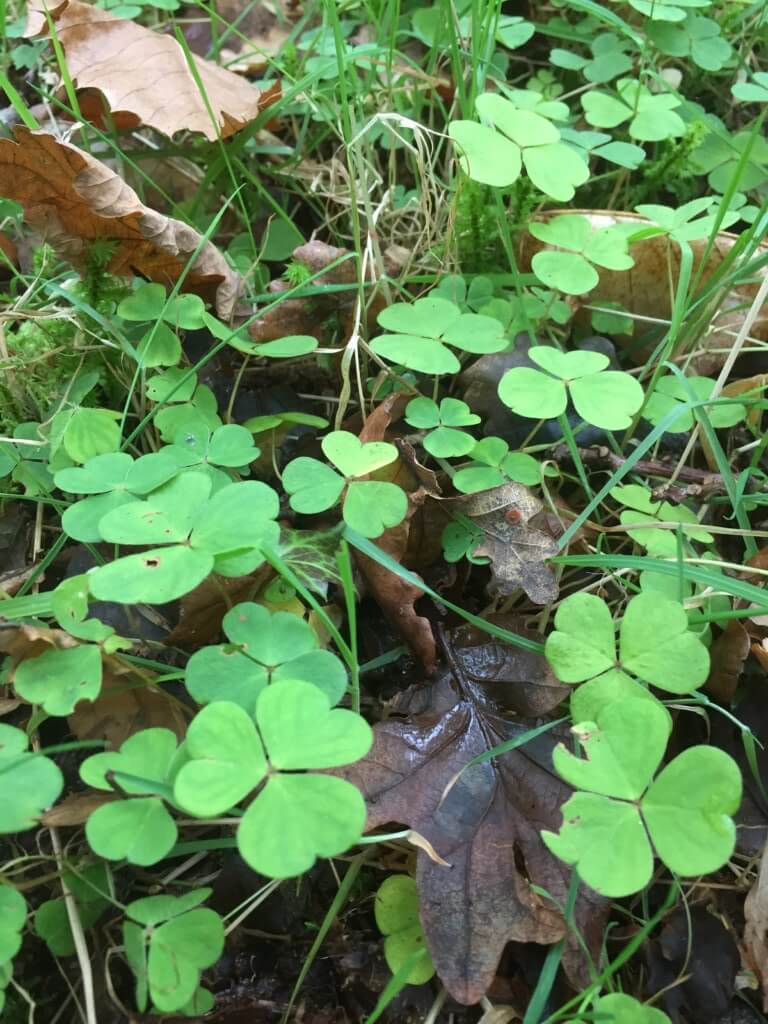
This small, delicate plant is easy to overlook with its diminutive stature and uniform pale-green colour, but once you start looking out for it you will start to notice it everywhere. The trifoliate, heart-shaped leaves can be found throughout the year in a wide range of habitats, though it is less common (and less palatable – a bit tougher) during the winter months. Occasionally they carpet small areas of ancient woodland and when they produce their delicately-lined white flowers – often around Easter – they make an impressive sight.
Closely-related plants in North America are known as ‘sour grass’ and that gives a clue to the taste. The small leaves have a surprisingly strong, sharp tang to them, not unlike lemons though not so overpowering – more likely to induce a slight wince than a screwed-up face.
I’ve never been more adventurous than to graze on the leaves during a walk but you could use them in salads to spice them up a bit, or even try adding them to more savoury dishes to enhance the flavour. The leaves are high in vitamin C but, as suggested by the generic name ‘Oxalis’, they also contain oxalic acid so it is best not to overindulge.